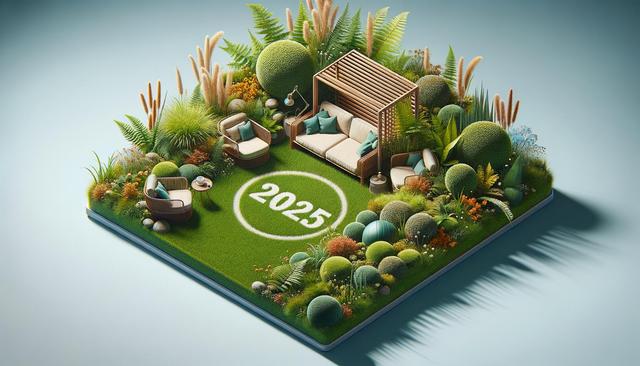Why Artificial Grass Continues to Gain Popularity
Artificial grass has seen a steady increase in popularity over the past decade, and in 2025, it’s more prevalent than ever. With homeowners, businesses, and public spaces seeking low-maintenance and long-lasting landscaping solutions, artificial grass provides a compelling alternative to natural turf. A major reason for this growth is its ability to significantly reduce water usage and ongoing maintenance costs. For those living in areas with water restrictions or high landscaping expenses, synthetic turf offers a practical and environmentally conscious solution.
Beyond the cost and environmental benefits, artificial grass now comes in a wide variety of textures and shades that closely mimic the look and feel of natural grass. This realism, combined with increased affordability, makes it an attractive choice for:
- Residential lawns and gardens
- Balconies and rooftops
- Commercial properties and office spaces
- Schools and playgrounds
As more people prioritize sustainability and convenience, the appeal of artificial grass continues to expand across various regions and property types.
Technological Advancements Driving Affordability
One of the most significant developments in 2025 is the advancement in manufacturing technologies that have helped lower the production costs of artificial grass. Improved materials and more efficient production processes have enabled suppliers to offer high-quality products at lower prices without compromising on durability or appearance. These innovations include:
- Recyclable backing materials that reduce waste
- UV-resistant fibers that extend the product’s life
- Realistic multi-tone color blends
Moreover, competition among manufacturers has led to better pricing models and more options across different budget ranges. Whether you’re looking for a basic solution for a small area or a more premium product for a large landscape, there’s likely an affordable artificial grass option available that meets your needs.
Cost Comparison and Long-Term Value
When evaluating the cost of artificial grass in 2025, it’s essential to consider both the upfront installation costs and the long-term savings. While the initial investment might seem higher compared to seeding a natural lawn, the reduced maintenance expenses quickly balance the equation. Artificial grass eliminates the need for:
- Regular mowing and trimming
- Fertilizers and pesticides
- Watering and irrigation systems
In many cases, the payback period for artificial grass can be as short as three to five years, depending on the size of the area and local costs. Over its lifespan, artificial turf can prove to be a cost-saving measure, especially in regions with high water prices or strict watering regulations.
Installation Options for Every Budget
In 2025, artificial grass is available in a range of installation methods to suit different budgets and skill levels. For those looking to save money, DIY installation kits are widely available. These kits often include everything needed to install the grass yourself, including adhesive, joining tape, and base material recommendations. For more complex or larger projects, professional installation services can ensure a polished and long-lasting result.
Here are a few installation routes to consider:
- DIY Kits: Ideal for small areas or handy homeowners
- Hybrid Installations: Partial DIY with professional help for specific tasks
- Full-Service Installations: Best for large or multi-use areas requiring precise preparation and finishing
By selecting the right installation approach, property owners can further control costs while still achieving a clean, attractive outcome.
Eco-Friendly and Family-Safe Features
Affordability isn’t just about price—it’s also about long-term value and safety. In 2025, many artificial grass products are designed with non-toxic, lead-free materials, making them safe for children and pets. Additionally, many products are now made from partially recycled materials, contributing to a more sustainable product lifecycle.
Some modern features that increase the appeal of artificial grass include:
- Drainage systems that minimize puddles and standing water
- Anti-bacterial coatings to reduce odors and allergens
- Heat-reflective technology that keeps surfaces cooler in direct sunlight
These enhancements not only improve usability but also make artificial grass a practical and eco-conscious choice for families, schools, and pet owners.







